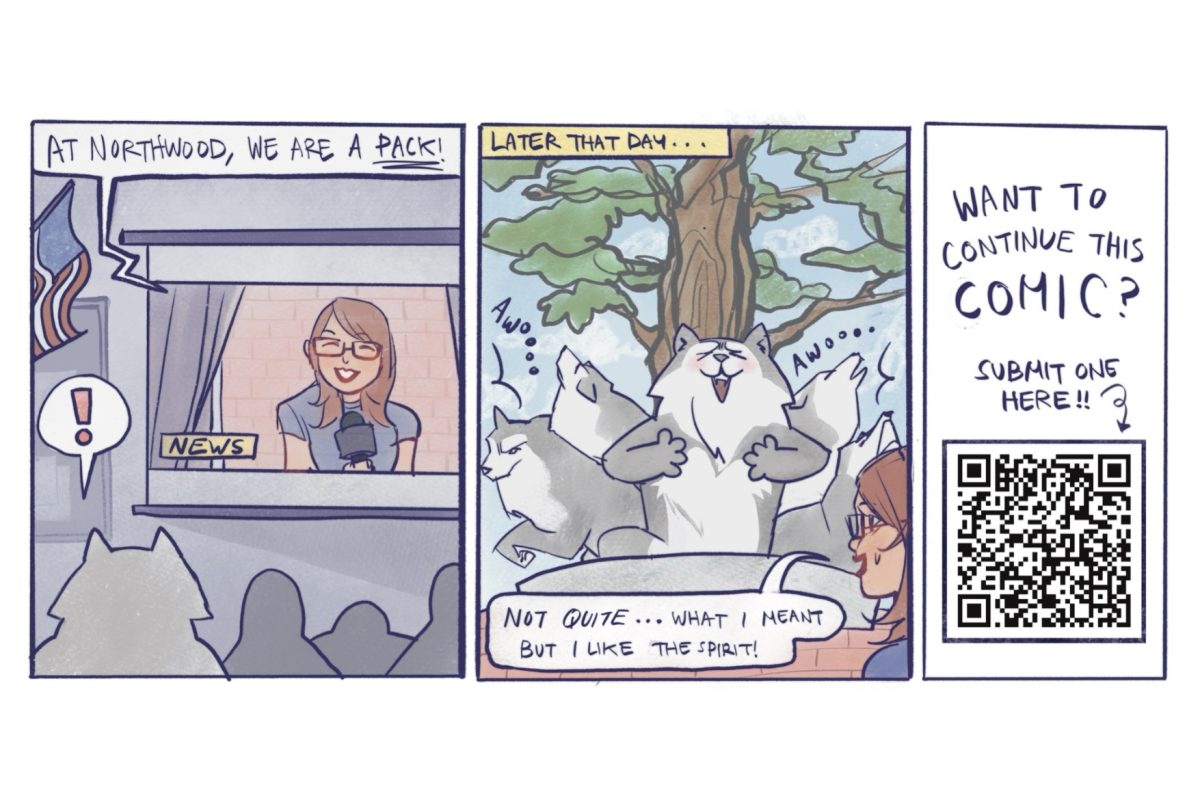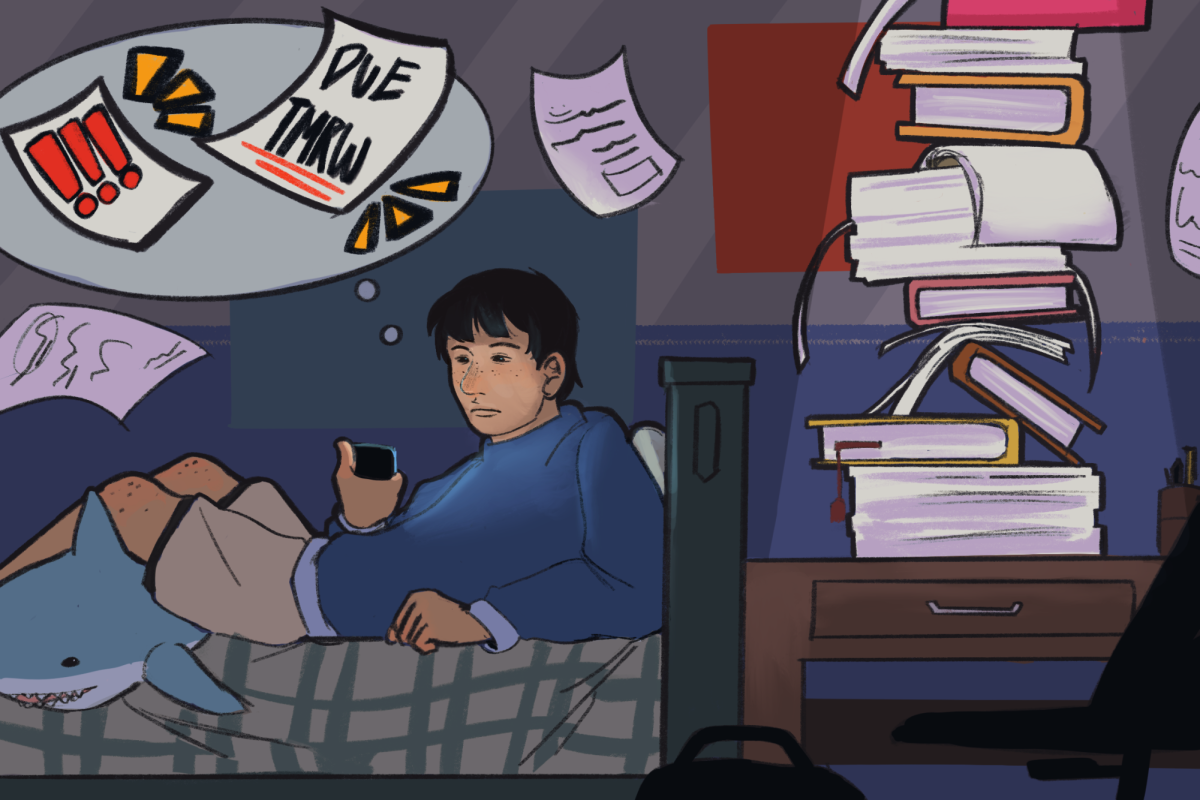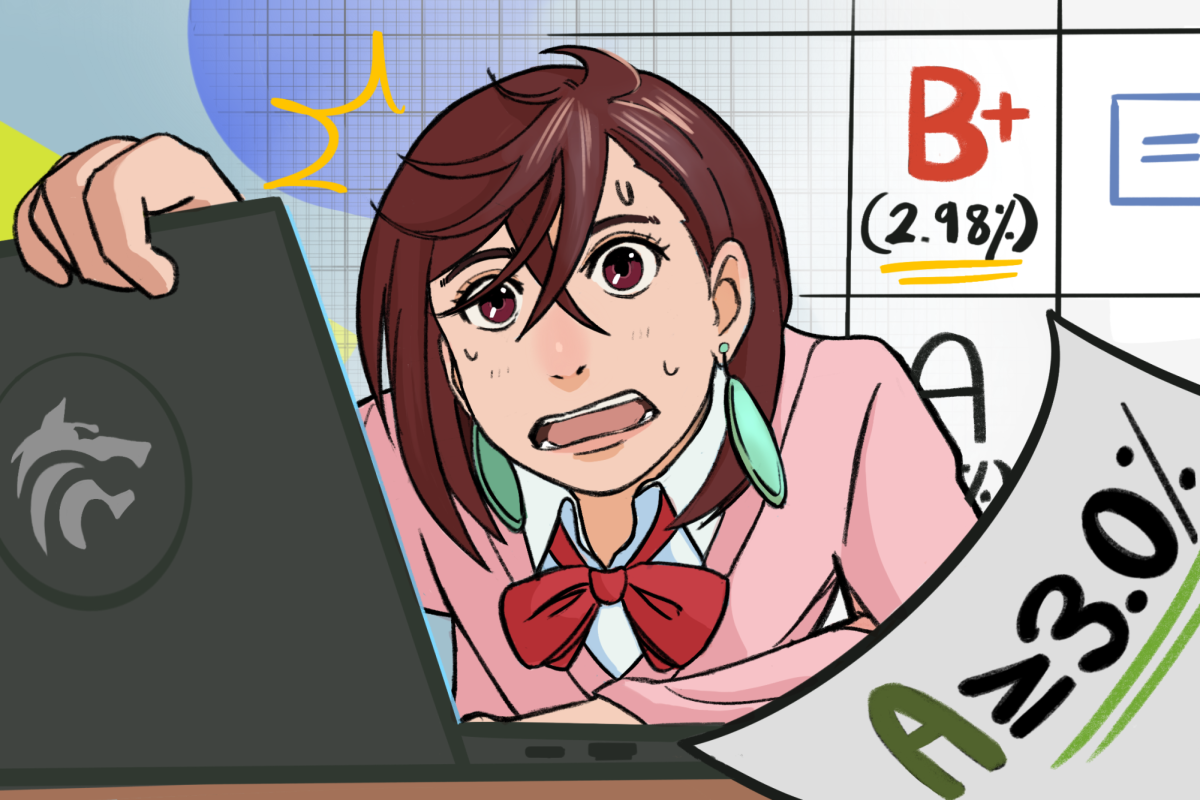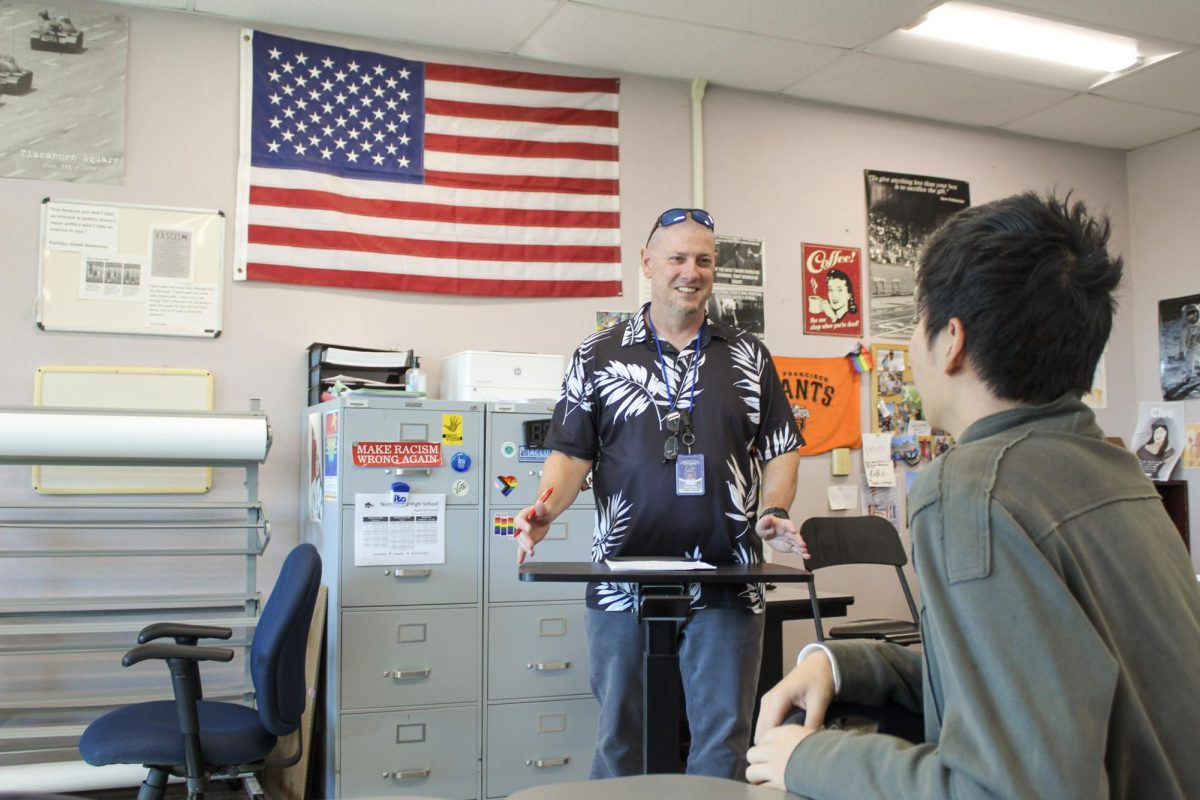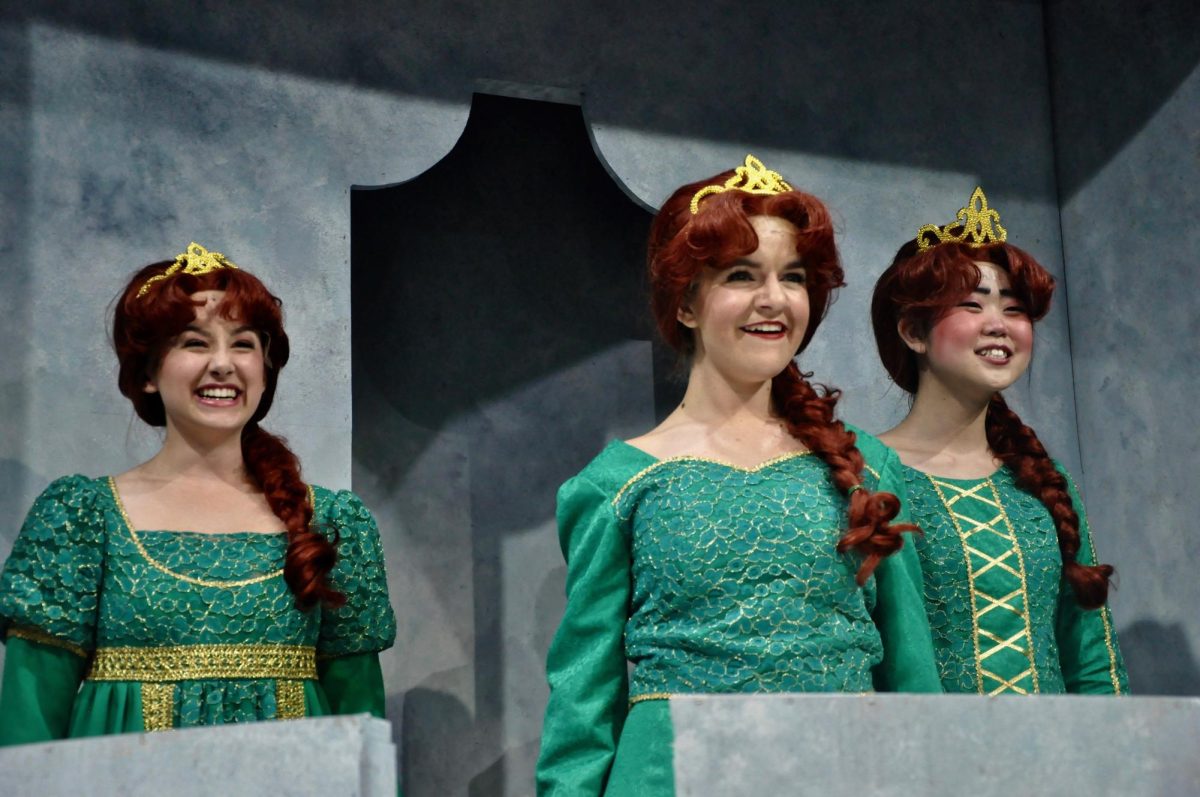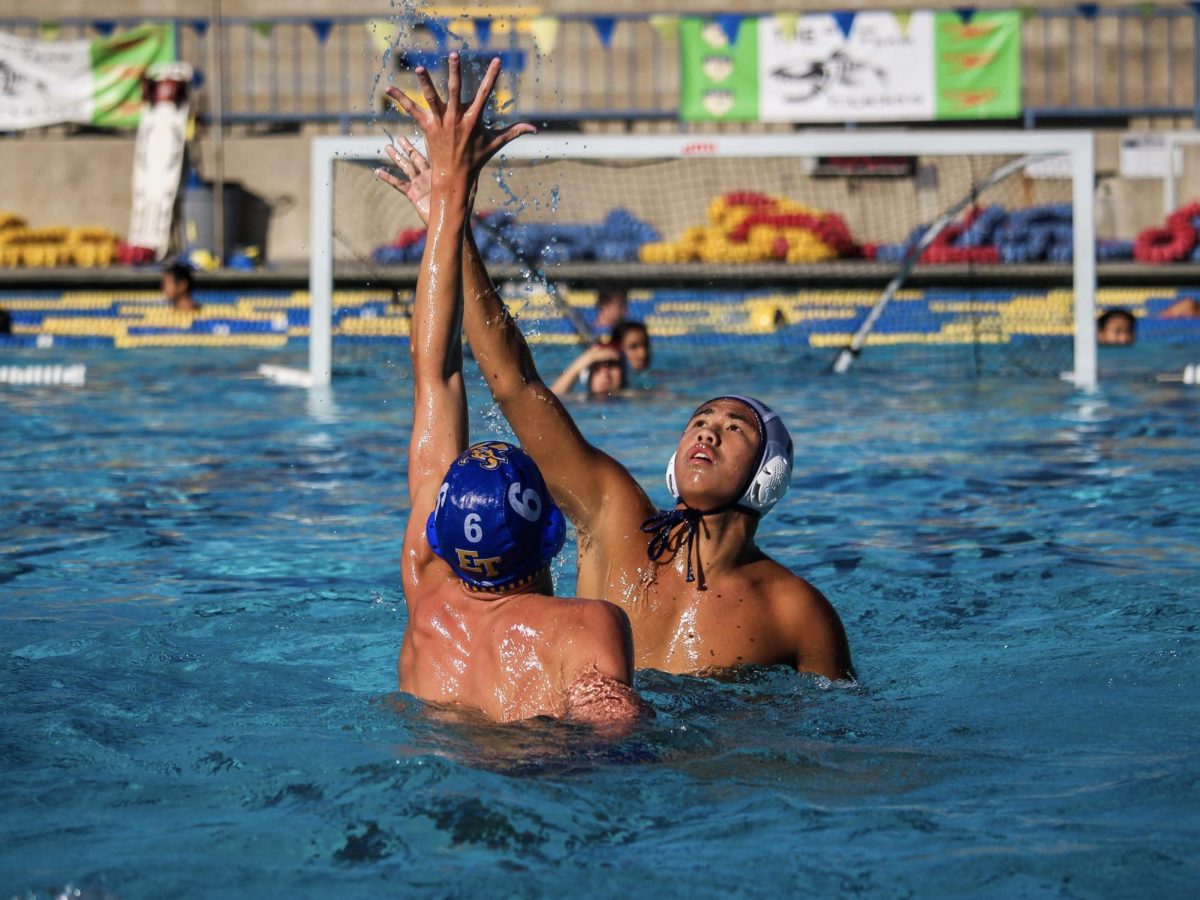Although horseback riding is typically associated with western cowboys trotting off into the sunset wearing hats and waving lassos, equestrianism is a refined discipline that requires technique and elegance, on top of being an already strenuous activity. Instead of suiting up in a leather vest and boots, some, like senior Julie Heninger, put on their safety vest and tack up before heading into the arena alongside their equine partner.
As a rider for the past five years, Heninger competes in the Interscholastic Equestrian Association as a hunter/jumper. Though not as popular as show jumping or dressage, most riders start in this discipline early in their careers.
At the start of 2023, Heninger qualified for regional and state competitions, and now, as an under-18 rider, she competes in many walk/trot/canter divisions, performing with horses assigned to her randomly.
“It’s hard because you have to form a bond with each individual horse,” Heninger said. “Plus, you don’t know the horse you’re riding in competitions, so it really takes time to figure it all out. At my first competition, I ended up not doing too well because my horse was so slow and wasn’t trained as well as ours, but I was actually really glad to have that experience.”
At Gladstone Stables in San Juan Capistrano, Heninger trains with three different horses: Irco, Tigger and Pearl, all owned by her trainer. Riding multiple horses throughout the season requires her to adapt to varying skill levels and behaviors, which she believes makes her a more successful rider within the IEA competitions.
“I could tell you the personalities of every single horse there because after working with them for a long time, I just got to know them,” Heninger said. “The horse I was riding, Irco, was our best jumper, and he loves it. I’ve fallen off him and he went and jumped the next jump by himself anyway.”
Heninger has competed in the competition season for the past three years, participating in around six competitions per year. As an equestrian who started entering competitions in high school, Heninger said she felt nervous to start her competitive career due to how behind she felt in training compared to many of her peers.
“There’s another girl at my barn that’s 18 and she started riding when she was 6,” Heninger said, “But I think I’m lucky that I started when I was older, because it puts into perspective that the reason my trainer has me learning at a slower pace is so that I can be safe.”
Equestrians face many challenges when training, and falls are an inevitable part of the sport. According to Heninger, everyone eventually experiences at least one fall, but serious injuries from falls aren’t heard of as often in the riding community.
Since the trainers at her location are very specific about having well-behaved horses and enforcing proper safety measures, many of the riders wear safety vests and other protective gear during their training.
“I’ve fallen off Irco because he got spooked from a bird, and I fell and landed on my back,” Heninger said. “However, I had the vest on so I was totally fine and not even sore, so I got back on and continued my lesson.”
As a senior in her final year participating in the under-18 category for the IEA, Heninger has begun to plan out her future in riding. If she decides to stay local for college, she intends to remain with her same trainer and improve her skills. If she decides to travel further or out of state for school, her training may look different.
Heninger hopes that her love and passion for horseback riding will be as appreciated and respected as any other sport. Even though many see horseback riding as a laid back activity, she believes it is a discipline that should not be taken lightly.
“You couldn’t write an article about the sport based on one Google search,” Heninger said. “I really think that general knowledge about it should be more widespread, because it is a real sport that takes a lot of time and effort.”


